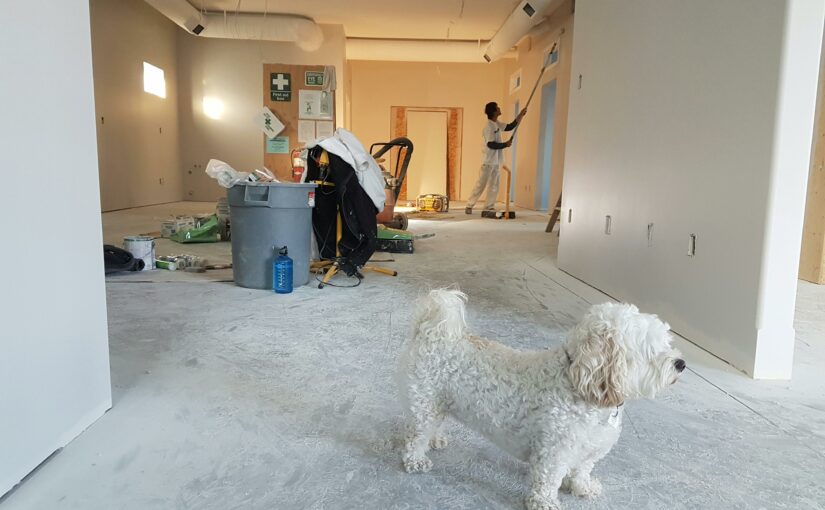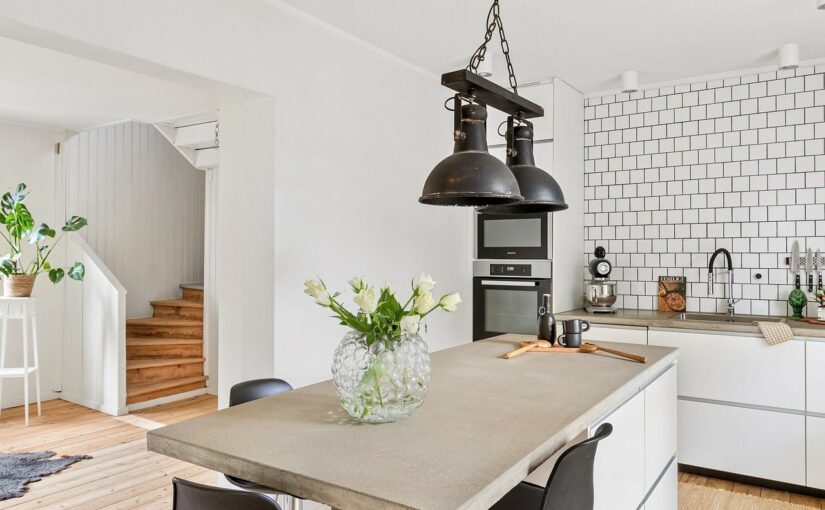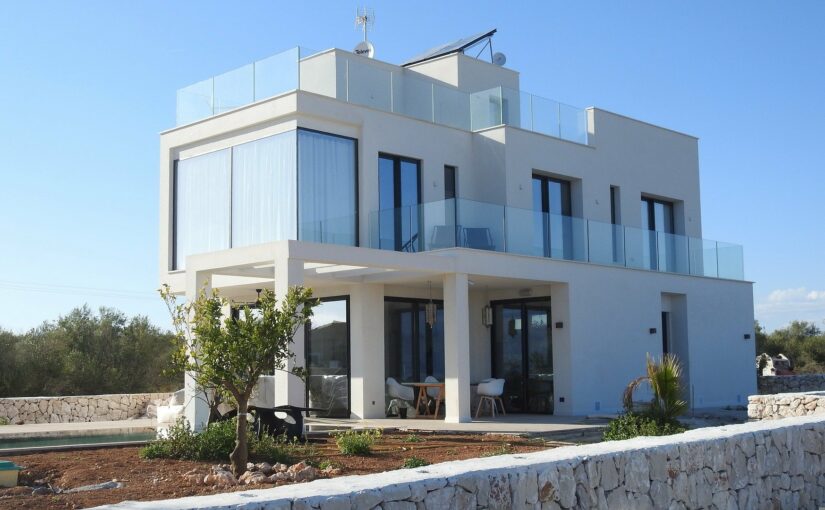Because Who Wants to Spend a Fortune Without Seeing a Return?
So, you’re thinking about selling your home soon, huh? I feel you. That’s a big deal. It’s like deciding to spruce up your car before trading it in, except, well, this is your house—a place full of memories, late-night snacks, and maybe a few questionable DIY projects (I’m looking at you, wallpaper in the guest bathroom), renovations that didn’t really push up the value of your home.
Today, we’re going to chat about renovations that give you the most bang for your buck. After all, nobody wants to pour thousands of dollars into a new project only to find out buyers don’t actually care about it. I once sank a ton of money into elaborate landscaping. Guess what the buyers really cared about? The kitchen. Oops.
By the end of this, you’ll know exactly where to focus your efforts. So, let´s look into it.
Why the Right Renovations Matter
Let’s start with a little perspective. When a potential buyer walks into your home, they’re looking for a place that feels move-in ready. They want to picture themselves cooking breakfast in a stylish kitchen or relaxing in a cozy living room. If the big stuff (like floors, kitchens, and bathrooms) is already updated, that’s a huge plus.
Remember, buyers often have a running mental list of potential costs. A place with a dated kitchen and peeling linoleum floors? That’s an expense they’ll mentally add to the home’s price tag. On the flip side, a house with modern finishes feels like a bargain—even if it’s priced higher—because the buyers won’t be scrambling to do renovations right away.
1. Kitchens: The Heart (and Stomach) of Every Home
Why Kitchen Renovations Matter
I’m pretty sure the kitchen is the first place people go when they’re viewing a home (at least it’s where I go!). It’s where the magic happens, from quick breakfasts before work to big holiday feasts. If your kitchen is outdated, it’s one of the quickest ways to turn buyers off.
High-Impact Upgrades
- Cabinet Refresh: New cabinets can be pricey. Instead of replacing them, consider refacing or painting them if they’re structurally sound. You’d be amazed at what a fresh coat of paint and updated hardware can do.
- Countertops: Granite and quartz still rule the day. If you’re on a budget, focus on the counters people will see first, like the island or main prep area.
- Appliances: Stainless steel is classic. If yours are mismatched or older, replacing them can make your whole kitchen look newer.
- Lighting: Swap out any dim or outdated fixtures for something more modern and bright. Pendant lights over the island or sink can instantly add style.
Quick Win
If you only do one thing, update your cabinet hardware and add a stylish backsplash. This small change can tie the space together without draining your bank account.
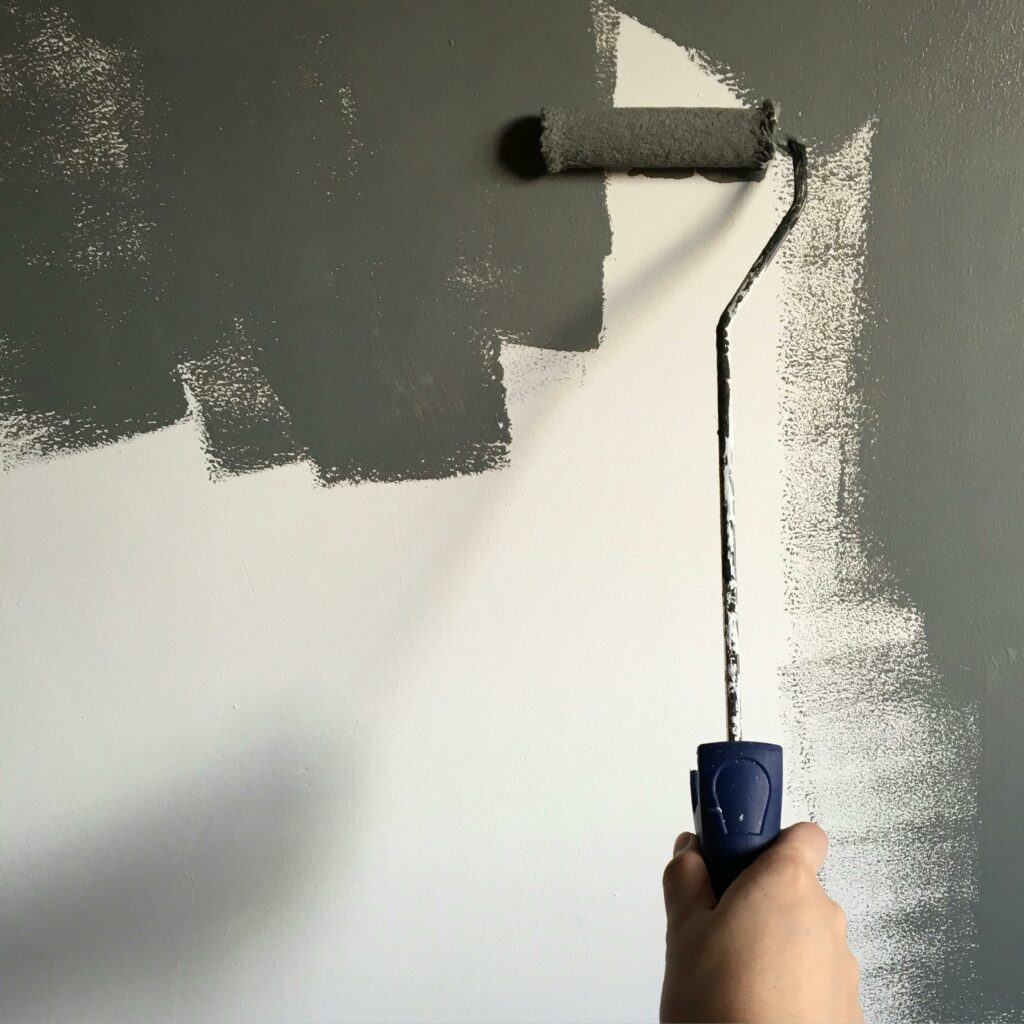
2. Bathrooms: Where Pampering Meets Practical
Why Bathrooms Pack a Punch
Bathrooms might be small compared to other rooms, but let’s face it, we all spend a fair amount of time in there. A clean, modern bathroom signals that the home is cared for. Nobody wants to see grimy grout or chipped tiles.
High-Impact Upgrades
- Vanity and Sink: Upgrading the vanity can instantly elevate the whole space. Opt for a quartz or granite countertop if possible, and pair it with a trendy faucet.
- Tiles and Grout: If your tile is in decent shape, deep cleaning and re-grouting can make it look like new. If it’s really outdated, consider a more modern tile.
- Shower or Tub Update: If your tub is avocado green (yikes!), replacing it could be worth the cost. Alternatively, a simple reglazing might do the trick if you’re on a tight budget.
- Lighting and Mirrors: Modern light fixtures and a chic mirror can make a small bathroom feel more spacious.
Quick Win
A fresh coat of neutral paint and re-caulking can do wonders. It’s cheap, easy, and potential buyers won’t be turned off by moldy edges or peeling walls.
3. Flooring: The Foundation of a Great First Impression
Why It Matters
The moment people walk in, they look down. Don’t ask me why, we just do. If you have worn-out carpets or stained linoleum, it might be time for an upgrade.
Popular Renovations Options
- Hardwood Floors: Buyers love hardwood—it’s durable, timeless, and looks luxurious. If you already have wood floors under that carpet, consider refinishing them.
- Laminate or Luxury Vinyl Plank: These are cheaper alternatives that still offer a modern look. They’re often scratch-resistant and easy to clean, which is a big plus for families with kids or pets.
- Tile: Great for bathrooms, kitchens, and entryways. Just keep it simple and neutral.
Quick Win
If brand-new floors aren’t within the budget, steam clean the carpets and refinish any visible scratches on the hardwood. These steps are cost-effective and can dramatically improve a buyer’s perception.
4. Curb Appeal: Love at First Sight
Why the Outside Counts
Your home’s exterior is like the cover of a book. Buyers will judge it before they even step inside. If your landscaping looks like a jungle, or the paint is peeling, it might scare people away.
High-Impact Upgrades
- Landscaping: Trim shrubs, add fresh mulch, and plant some seasonal flowers. It’s amazing how these small touches can make your home look like it belongs in a magazine.
- Front Door and Exterior Paint: A fresh coat of paint on the front door can be a real showstopper. Go for a bold color that complements your home’s exterior. If your siding or trim is looking rough, consider repainting or power-washing.
- Lighting: Update your porch light or add pathway lights. This helps with safety and makes your home feel welcoming at night.
Quick Win
At the very least, mow the lawn and get rid of any dead plants. A tidy yard signals to buyers that the home has been well cared for.
5. The Little Things That Make a Big Difference
Not every renovation needs to be massive. Sometimes, the smallest details can make your property shine.
- Fresh Paint: A coat of neutral paint throughout the house can brighten up any space and help buyers imagine their own decor.
- Updated Fixtures: Old, gold-toned doorknobs or dated ceiling fans can make a place feel stuck in the past. Modern fixtures are relatively cheap and can really pull everything together.
- Smart Home Features: Installing a smart thermostat, smart door lock, or even a few voice-activated lights can make your home feel cutting-edge. It’s not necessary, but it’s a nice bonus that can set your listing apart.
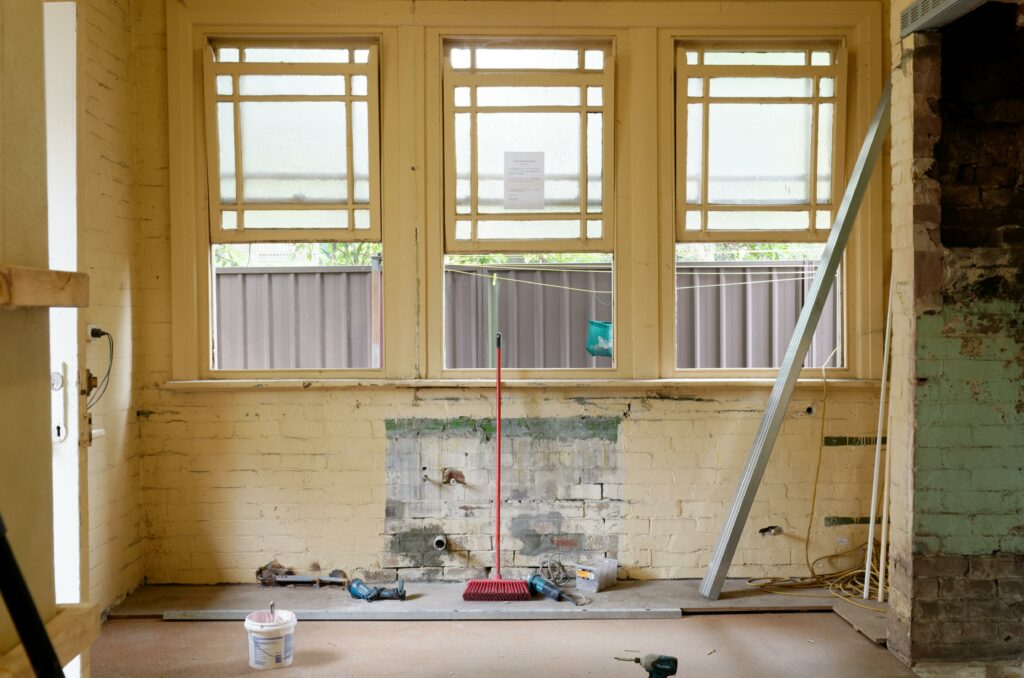
6. Avoid Over-Improving
This is a big one, and something I learned the hard way. You don’t want to spend $50,000 building a sunroom if you’re not sure buyers in your neighborhood are willing to pay more for it. Think about what’s standard for homes in your area. If you go too high-end with your renovations, you might scare off buyers or never recoup that cost.
How to Gauge What’s “Too Much”
- Check Comparable Listings: Look at similar homes on the market. Are they offering luxury upgrades? If not, you might not need that imported Italian marble.
- Talk to Experts: A local real estate agent or contractor can give you insights on whether a pricey upgrade is typical in your neighborhood.
- Cost vs. Value: Consider how much each renovation costs versus how much value it adds. You want the sweet spot where the upgrade pays for itself (and then some) when you sell.
7. Timing Is Everything
If you’re aiming to list your home soon, focus on renovations that can be done quickly and won’t leave your place in chaos. Big projects can disrupt your daily routine and delay your listing. That’s no fun, especially if you’re juggling a move.
Quick Projects to Boost Value
- Paint & Patch: Address any dings or cracks in the walls, then paint with a neutral color.
- Deep Clean & Declutter: Make your space shine before showings. This isn’t a renovation, but it can have the same effect on first impressions.
- Fixtures & Finishes: Swap out outdated lighting, faucets, and knobs. It’s fast, affordable, and can totally transform a room.
8. Show It Off
Once you’ve invested in these updates, you’ll want to show them off in the best possible light. Natural light is your friend. Open the curtains, turn on lamps, and consider scheduling showings during the day if possible. Good lighting makes everything look better.
And if you want more tips on how to make your home irresistible to buyers—beyond renovations—check out our article on Maximize Your Property’s Appeal: Tips for Showcasing Your Home. It’s loaded with practical ideas to make every room feel open, welcoming, and downright dreamy.
Personal Touch: My Kitchen Revelation
Let me share a quick story. My old kitchen had these dated oak cabinets. I was convinced I needed to replace them all with something new and shiny. But that would’ve set me back thousands. Instead, I painted them a crisp white, swapped out the hardware for sleek black handles, and splurged a bit on a nice backsplash. The whole project cost me under $1,500, and when I sold the home, buyers actually raved about how modern the kitchen looked.
Moral of the story? You don’t have to break the bank to make a big impact. Sometimes, a bit of elbow grease and a weekend of DIY can be your best friend.
Final Thoughts
Prepping your home for the market can feel overwhelming, but think of it this way: Each upgrade or renovation you tackle is an investment in your future. You’re not just pouring money into your house; you’re boosting its market value. And who doesn’t want to pocket a bit more cash at closing?
Focus on the areas that matter most—kitchens, bathrooms, and flooring—then give some love to your curb appeal. Sprinkle in a few quick updates like fresh paint, new hardware, or modern light fixtures, and you’re set. Just remember to keep things in line with your neighborhood standards so you’re not over-improving.
Take a deep breath. You’ve got this. Before you know it, you’ll be handing over the keys to a buyer who adores all those smart renovations you made. Until then, happy renovating—and don’t forget to enjoy your soon-to-be polished-up home in the process!
